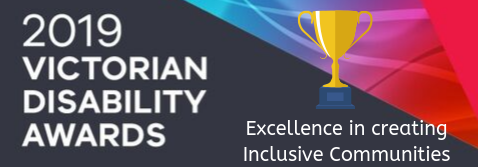
“The process of participation of people with disabilities in policy making is just as interesting as the outcome of their participation since such participation itself both democratizes the policy process and demonstrates the types of policy support required”
William Boyce, 2001, Seat at the Table: Persons with Disability and Policy Making
Knowledge is Power
Provide the proposed consumer representative with an orientation kit. The kit does not have to be detailed but should provide clear and concise information to help the person make an informed decision about taking on the role. The kit should include information about:
- Your organisation.
- How the person will be involved. For example, committee of management, advisory group, consultation, project steering committee.
- Why the group, consultation or meeting was set up. For example, managing the organisation, providing advice on inclusion, reviewing a service, developing policy, etc.
- Why you want the person involved and who they will be representing.
- The group or committee including:
- Other people involved including other consumer representatives.
- How often the group/committee meets.
- Duration e.g. ongoing, specific time-frame or one off.
- Key areas and issues to be covered.
- The location of activities.
- Hands on support offered including paid support worker of choice, mentoring, contact person within the organisation, etc.
- Supporting access needs including:
- Accessible venue and facilities.
- Provision of accessible information formats easy English (see appendix 2), audio-visual materials, face-to-face explanations, pictures etc.
- Reimbursement of expenses including travel costs, accommodation etc.
- Sitting Fees – it is good practice to pay sitting fees, especially when others at the meeting are paid to be there through their roles.
- Key contact person in the organisation.
The above information may need to be provided in a range of accessible formats including Easy English. You may also need organise a face to face meeting to go through the information and answer any questions.
Tips for Easy English Tips for Creating Audio Visual Resources

“We need to learn about the organisation first then maybe go to a couple of meetings as an observer. We need to learn and not just be dropped in at the deep end.”
Colin Hiscoe, Reinforce Self Advocate
Next Page: Removing Barriers – Accessible Information
Chapter 4. Identify and Remove Barriers
Menu: Consumer Participation Kit



